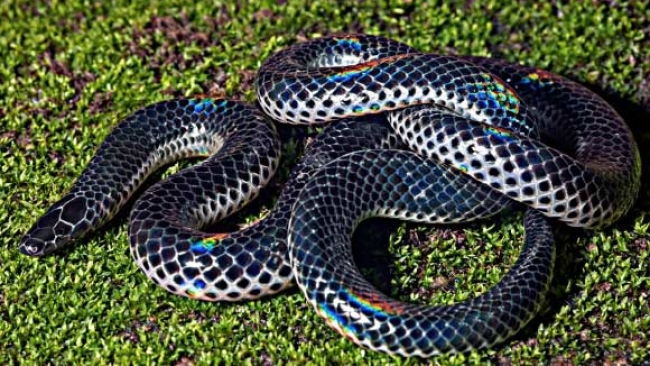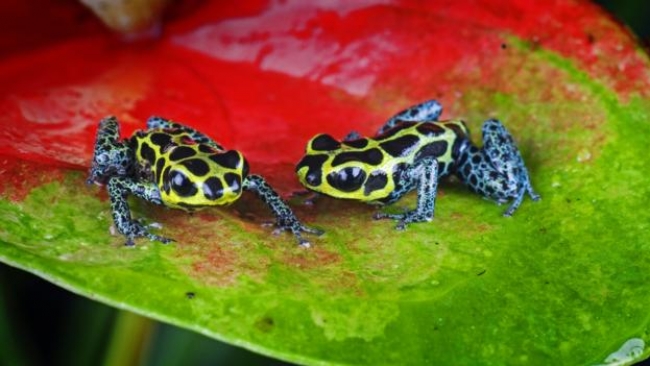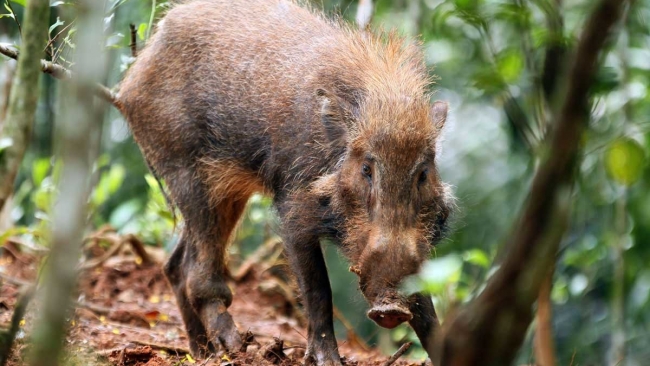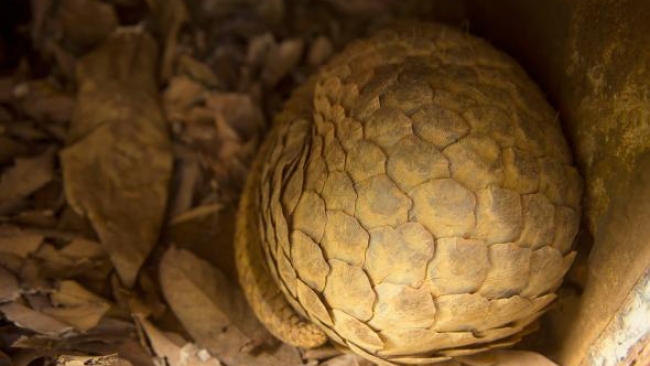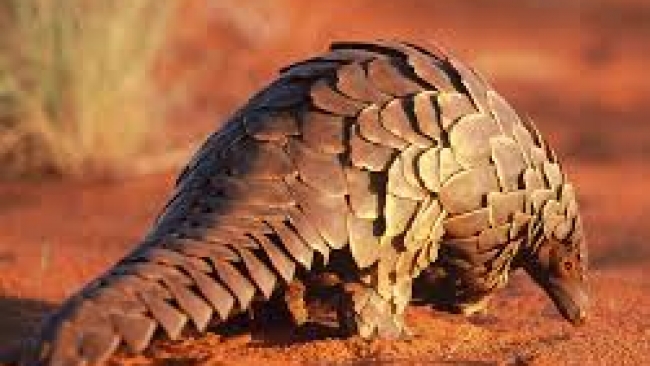How echidnas survive brush fires
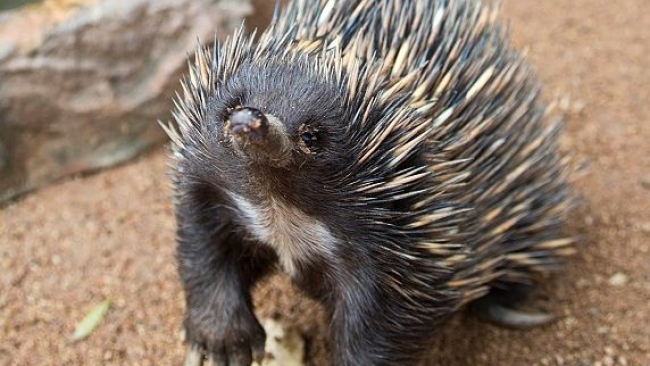
A trio of researchers with the University of New England, Curtin University and the University of Western Australia has discovered how echidnas manage to survive brush fires. In their paper published in Proceedings of the Royal Society B, Julia Nowack, Christine Elizabeth Cooper and Fritz Geiser describe their study of the animals after a part of a nature preserve was deliberately set on fire to help fire-dependent vegetation become established.
Scientists have known for quite some time that echidnas, an egg laying mammal related to the platypus, are able to survive not just brush fires, but the aftermath when there is little to no food and sometimes a limited amount of breathable air. To learn more, they conducted a study of several of the animals that were living in Dryandra Woodland, southeast of Perth in Western Australia—many already had tracking devices that allowed for study of their movements. Managers of the preserve had decided to conduct a controlled burn in the area to make parts of the preserve more open to new types of vegetation, helping them to gain a stronghold.
As the fire burned, the team monitored the activities of the echidnas, and continued to do so for several days thereafter. Though they were not able to positively identify the means by which the animals avoided being burned, they did find evidence that suggested that they likely holed up in logs thick enough to protect them. But it was their activity in the weeks after the fires had passed that was most interesting—the animals did not roam looking for food, instead they put themselves in and out of a torpid state, sometimes for as long as four days. The torpid state, the team explains, is similar to hibernation in other animals—they go into a deep sleep and their metabolism slows down. This allows them to drastically reduce their need for food and water, in essence, allowing them to wait for the smoke to clear and for food to become available once again.
The researchers suggest the response to fire by the echidnas might serve as a model for how some mammals managed to survive a strike by an ancient asteroid millions of years ago, wiping out the dinosaurs—by going in and out of torpid states allowing them to last a long time on very little nourishment.
Source: Phys.org
Thu 14 Apr 2016 at 08:30
